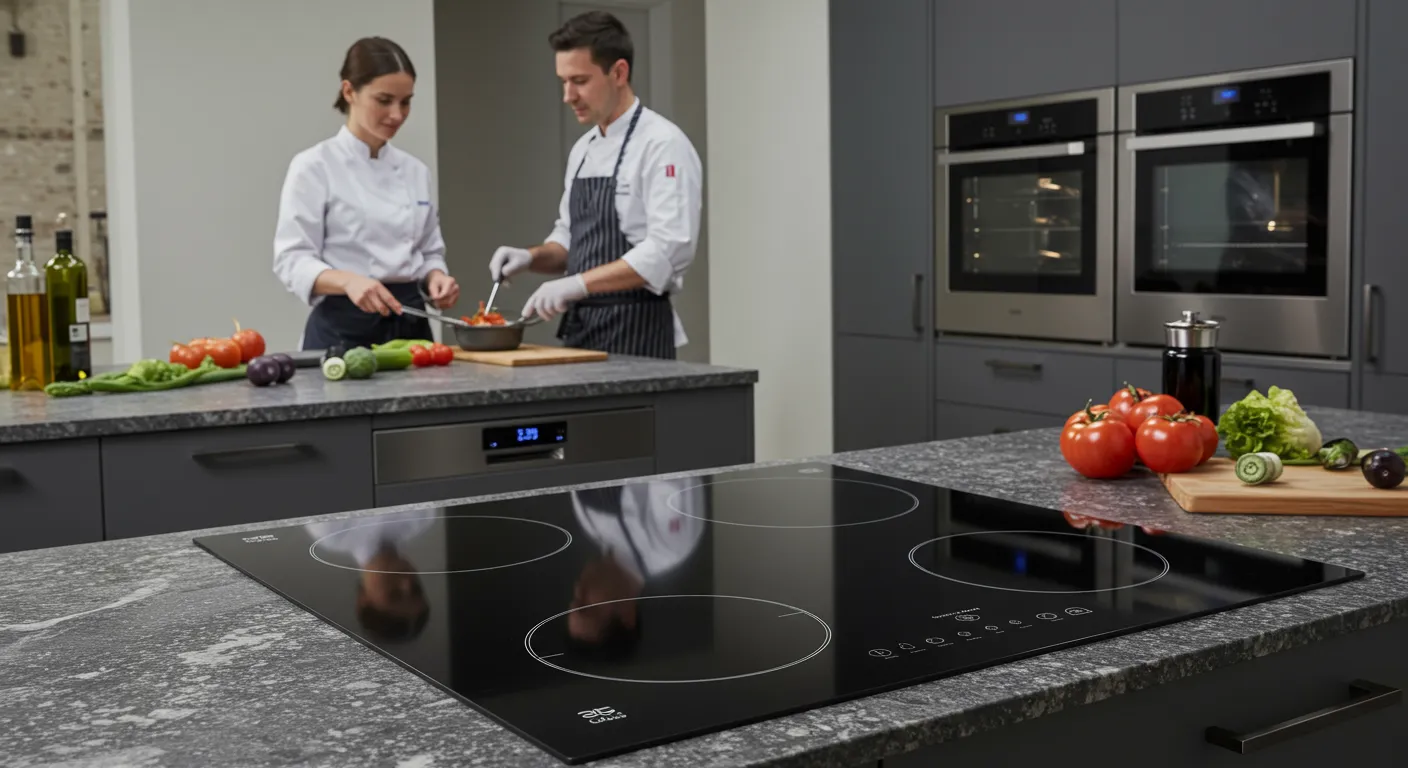Ever feel like your kitchen is working against you? You’re not imagining it. A poorly designed kitchen can easily turn simple tasks — like chopping veggies or boiling pasta — into time-wasting headaches. And when you’re juggling work, family, and everything in between, that extra stress adds up quickly.
The truth is, your kitchen layout and tools play a huge role in how efficient (and enjoyable) cooking can be. If you find yourself constantly backtracking, searching for utensils, or dealing with clunky appliances, it might be time to rethink how your kitchen supports your daily life. Even small changes — like upgrading to Smeg professional appliances — can significantly reduce friction and save you precious time every single day.
Here’s how to spot what’s slowing you down — and the practical upgrades that can get your kitchen running like clockwork.
1. Identify Your Daily Pain Points
Before you make any changes, take note of the moments that consistently frustrate you in the kitchen. Is it the lack of bench space? Poor lighting over the stove? A dishwasher that doesn’t fit your pans?
Look for clues in your routine:
-
Do you walk back and forth too often between prep and cooking areas?
-
Are your most-used tools stored in hard-to-reach places?
-
Is cleaning up more time-consuming than it needs to be?
Once you pinpoint the problem areas, you can focus on solutions that genuinely improve your flow.
2. Create Work Zones That Actually Work

One of the easiest ways to boost efficiency is to organise your kitchen into zones based on function. You should have a clear prep area, a cooking zone, and a clean-up station — and each one should be stocked with everything you need for that specific task.
Here’s a simple way to map it out:
-
Prep zone: chopping boards, knives, mixing bowls, seasonings.
-
Cooking zone: pans, utensils, oils, oven mitts.
-
Clean-up zone: bin, sink, dishwasher tablets, tea towels.
You don’t need to knock down walls — just reorganising your drawers and cupboards can make a noticeable difference.
3. Prioritise Quality Tools and Appliances

Wasting time in the kitchen isn’t just about layout — it’s often about using the wrong tools. If you’re constantly waiting for water to boil or fighting with uneven heat on your stovetop, it’s probably time for an upgrade.
Quality appliances can save time and energy:
-
Fast-heating induction cooktops.
-
Dishwashers with shorter, more effective cycles.
-
Ovens with accurate temperature controls and easy presets.
Professional-grade appliances aren’t just for chefs. Investing in features designed for performance — like those found in high-end brands — can transform how smoothly your kitchen runs.
4. Rethink Your Storage

Poor storage leads to clutter, which leads to wasted time. If you can’t find what you need, or if your cupboards are overflowing, it’s time to streamline.
Tips to get you started:
-
Use drawer dividers and clear containers so everything has a home.
-
Store frequently used items at eye level.
-
Declutter duplicates (do you really need four bottle openers?).
-
Install hooks or magnetic strips for utensils and knives.
Maximising vertical space — like adding shelves or wall-mounted racks — can also free up your benchtops and make your kitchen feel instantly more functional.
5. Make Cleaning Up Less of a Chore

If cleaning up is the part of cooking you dread most, you’re not alone. But small upgrades can make this step faster and far less painful.
Quick wins include:
-
Switching to a bin with a foot pedal or under-sink drawer.
-
Using a drying rack that drains directly into the sink.
-
Keeping a caddy with all your cleaning essentials in one place.
-
Opting for cookware that’s dishwasher-safe or non-stick to reduce scrubbing.
A more efficient clean-up process often starts with fewer dishes — so consider multi-purpose tools that cut down on what you use in the first place.
A kitchen that doesn’t support the way you cook and live is more than just annoying — it’s a daily time sink. But the fix doesn’t always have to be expensive or complicated. By identifying your friction points and making small, purposeful changes, you can reclaim time, reduce stress, and make cooking feel easier and more enjoyable.
Because when your kitchen works for you, everything else gets just a little bit easier.






